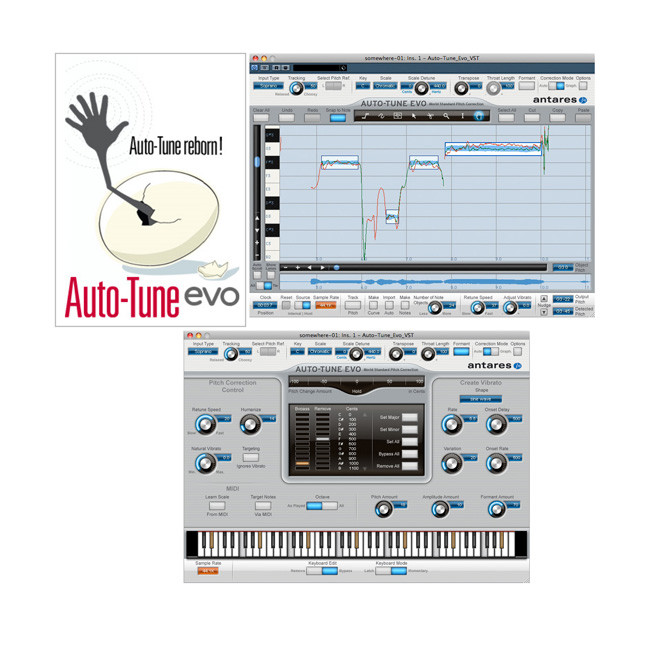

Rather than painstakingly boosting low velocities and curtailing high ones, let the Velocity Processor MIDI effect do the hard work for you. Sometimes the weighting/action of your controller keyboard might not suit the real-time performance of a part you're playing. Match each instrument to its own MIDI channel by selecting it in the left-hand side of the Inspector and to automatically assign the next created track the next MIDI channel, choose Track > Other > New Track With Next MIDI Channel. When working with third-party multichannel plugins such as NI’s Kontakt, you might want to host several instruments in one instance. Then try varying the Grain Size on the left-hand side to make your beat loop sound like it's being attacked by grains of sand! Click the audio region to create Flex Markers and pull them around, creating high and low speed sections in the process. Flex appealĪ good way to make glitchy, weird beats is to enable Flex Mode and choose Tempophone as your Flex algorithm.

Once you’ve included all the notes that you need in the pattern as a whole, click Collapse Mode and all unused note lanes will be omitted from the interface. When you’re programming beats, it can be frustrating having to accommodate notes that are sometimes octaves apart in the Note Editor, such as a pattern with a kick on C1 and a crash cymbal on G4, for example. To edit the selections, click i in the top left-hand corner of the Smart Controls window then the dial you want to reassign, and browse through the parameters available for it. Smart Controls can be very useful - that is, unless you want to manipulate parameters that aren’t among those covered by the default dials. The regions from that project will be added to your current project - move them, edit them and drop them wherever you like. Step 3: Click the Content for the sound(s) you want - and, if you like, the auxiliary effects and automation you used, too, then click Add.
#PITCH CORRECTION LOGIC PRO X HOW TO#
Need to grab a sound, some MIDI or automation data, or a whole channel setup from another project? Here's how to make yourself a master of imports… You’ll see a second record button next to the main one - press this whenever inspiration strikes and whatever you’ve just played will appear as a new ‘recorded’ region. Switch it on by right-clicking the grey Control bar at the top, selecting Customize Control Bar and Display, and choosing Capture Recording. Record without recordingĮnable Capture Recording, and anything you ‘play’ while not actually recording can be turned into a clip. These keep the plugins associated with a project active, making it easier than loading a whole new session. Rather than save multiple Logic projects with different file names for the various ‘versions’ you’re working on, save them as Project Alternatives (File > Project Alternatives). Select the individual tracks you want to ‘stack’ and right-click to select the option from the dropdown menu. Suddenly, all of your drums can share a single fader, and auxiliary effects added to a Stack will affect all sounds inside it in the same way. Grouping complementary sounds together using Logic’s Track Stacks makes mixing much easier. Enable this whenever you need to add notes to a busy project.

Head to the Customize Control Bar options and activate the Low Latency Mode option. Suddenly, any notes you play on the keyboard start to lag, with an audible gap between triggering them and the corresponding sounds being heard. You’ve got loads of plugins running, maybe including some ‘lookahead’-compatible ones like Logic’s own Adaptive Limiter on the master output. Click the purple Link button in the top right-hand corner of the plugin window and the Instrument on your current track will always be the one in front of you. However, the plugin window for the synth on Track 1 stays active when you move to Track 2, so you’re constantly opening and closing GUIs. You’re moving from one Instrument track to the next, making changes to key parameters as you go. This lets you ‘paint’ lines of notes as you click and drag. To do the same thing more quickly, select the Brush Tool. The Pencil Tool is a useful way of inputting MIDI notes, but it can be time-consuming clicking 16 times to input a row of hi-hat notes in a drum pattern.


 0 kommentar(er)
0 kommentar(er)
